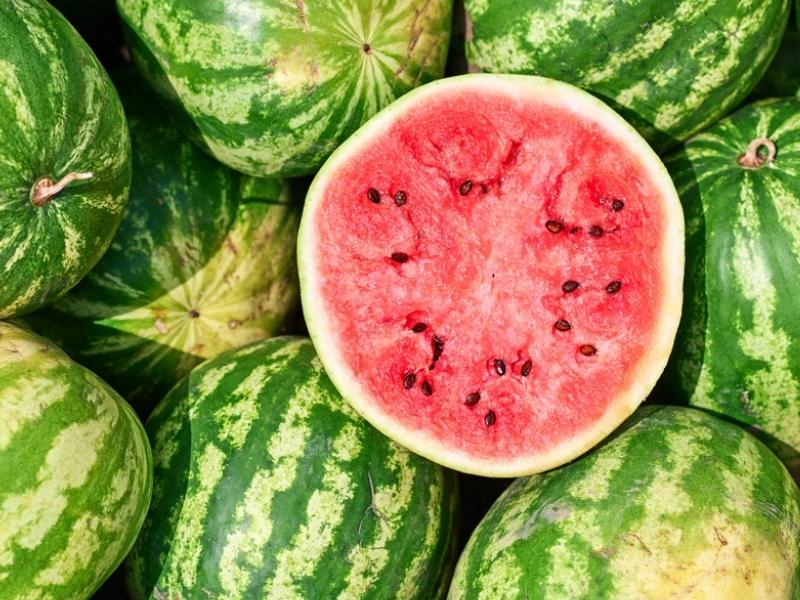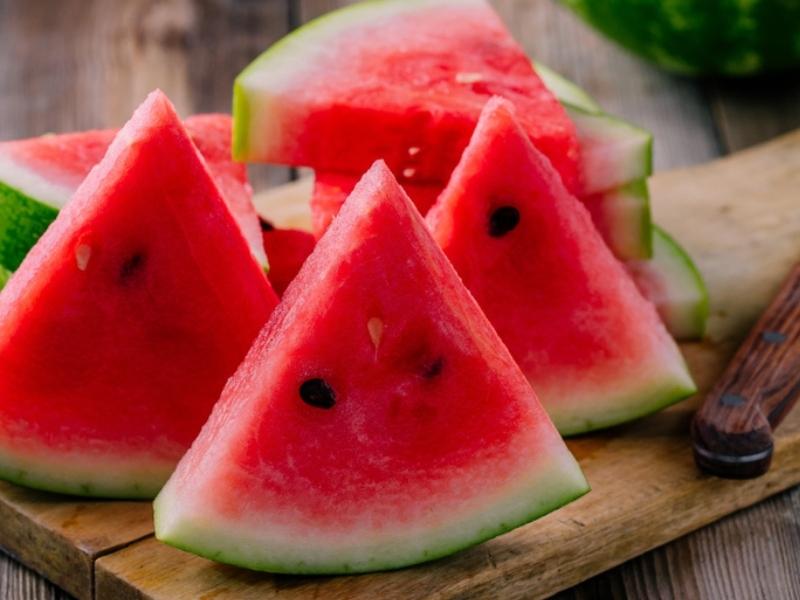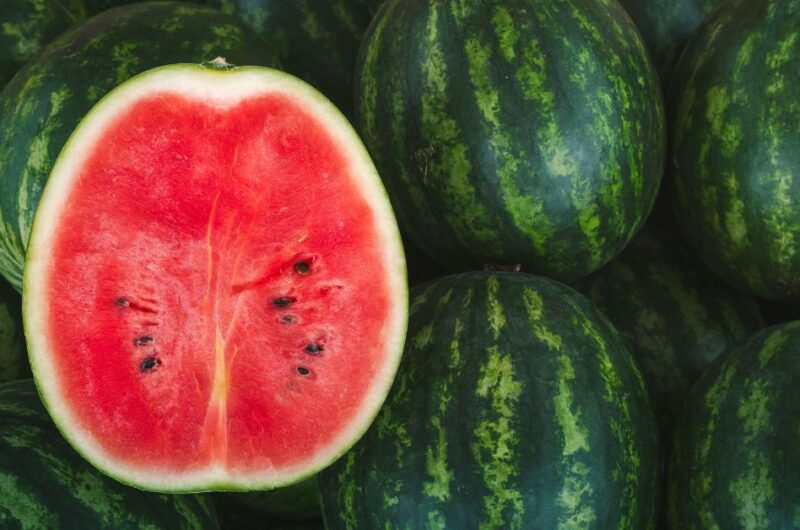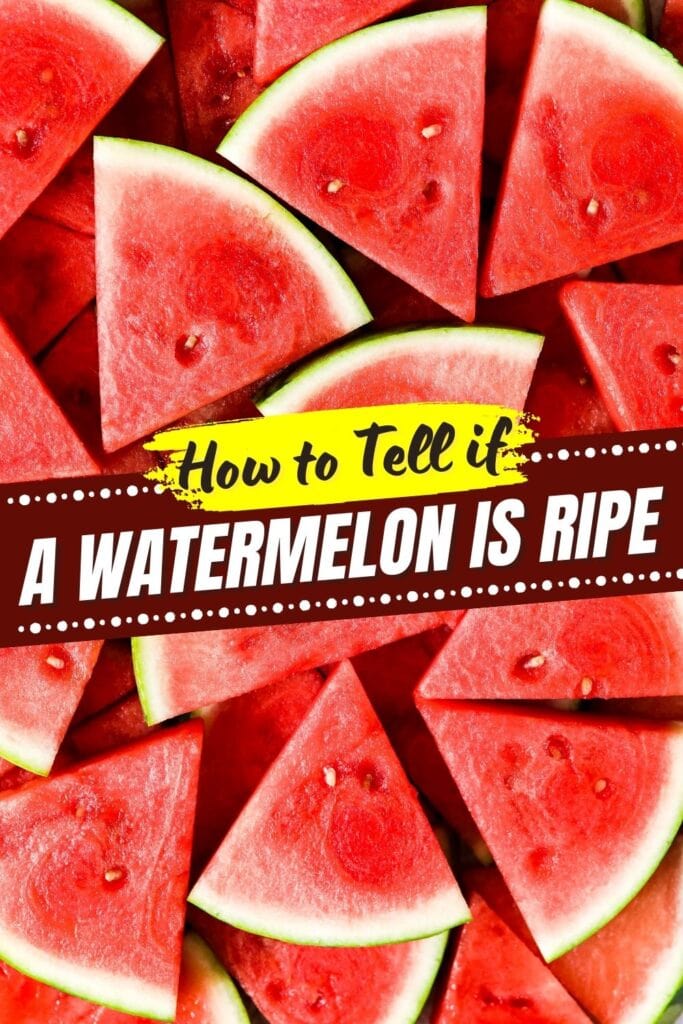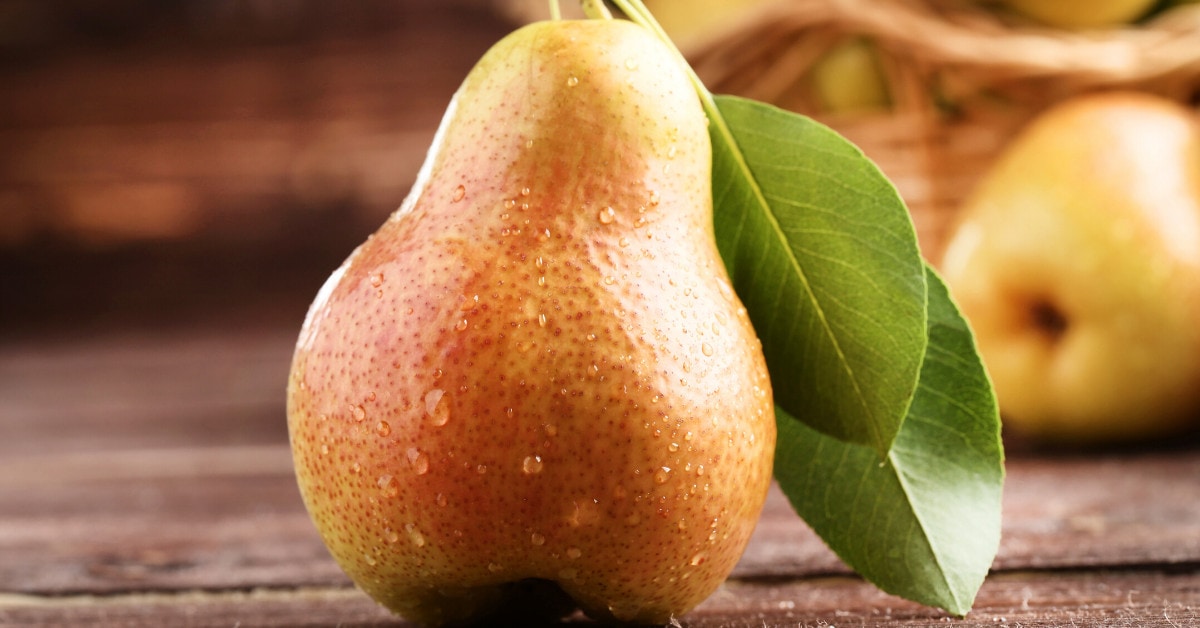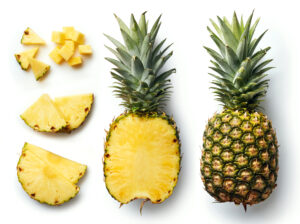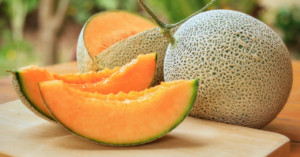Summer is here, which means it’s watermelon season! That said, it’s very important to determine whether it’s ripe or not. I happen to know the best hacks, so you’re in the right place. Watermelon is synonymous with the Fourth of July, summer picnics, and backyard barbecues. Watermelon is incredibly refreshing, so it’s perfect for those intensely hot days. It’s delicious and nutritious, to boot! It’s loaded with vitamins and minerals and keeps you hydrated from the inside out. Plus, it’s low in calories AND helps to reduce stress. Basically, watermelon is a superfruit. And you should definitely eat more of it! Be sure it’s ripe, though, so you get to enjoy its sweet and juicy goodness. For that, this article for how to tell if a watermelon is ripe has you covered.
How to Tell if a Watermelon is Ripe
Choosing a ripe watermelon can certainly be intimidating at times. Especially if you’re picking one for an event and you want to get it just right. There is nothing worse than biting into an unripe watermelon. Either they’re hard, crunchy, and sour OR they’re mealy and taste like nothing. No one likes that. But ripe watermelon? It’s sweet, juicy, and utterly delicious. I’m here to teach you the best methods to choose the ripest watermelons. So, every slice is the perfect slice. Yellow Belly When you pick up your watermelon, you want to look for a yellow belly. This is called a ground spot or a field spot. It’s the part of the watermelon that sat on the ground. You’re looking for a buttery yellow to light golden yellow color. No spot or a white spot indicates that the watermelon was picked too soon. It’s also important that the spot is fairly large. This means that the watermelon is heavy, and heavier is definitely better with watermelon. I’ve found that this is one of the most reliable methods for determining a perfect watermelon. Weight and Feel Speaking of heavy… you want your watermelon to be CHUNKY. At least, you want it to be heavy for its size. The heavier the watermelon, the juicier it is. And that is definitely a good thing! The best way to determine this is by picking up two similarly sized watermelons. Keep the heavier one and try again until you’re satisfied. If you have to grunt while you pick it up, you’re on the right track! Hollow Sound Knock, knock! Who’s there? A delicious watermelon! Knocking on your watermelon is actually a very helpful way to check its ripeness. Hold it up to your ear and gently rap it with your knuckles. If it makes a hollow plunking sound, it’s good. The Sniff Method Does your watermelon smell sweet and melony? Good! That’s a great indicator that your watermelon is ready for you to eat. However, if it smells really strongly saccharine… you should leave that one behind. It’s probably too ripe and beginning to rot. Tendrils and Stem It may seem counterintuitive, but a brown, dry stem and tendril are your friends. Because unless there was a really bad growing season, that means your melon is mature. And a mature melon means a tasty melon! This method is the most useful when you’re growing your own watermelons. But it can work for the store and market too. Appearance You shouldn’t judge a book by its cover. However, you should judge a watermelon by its rind and other elements of its appearance. Here’s what to look for and what to avoid. Look for a yellow belly (as discussed), dull rind, and a uniform shape. This means that the watermelons received consistent care and sun and matured fully. That means deliciousness! Does your watermelon have brown, rough patches that look like dirt? Great! Those are sugar spots and they mean your watermelon will taste like CANDY. Avoid shiny, lumpy watermelons with uneven shapes. You also want to avoid large bruises, gashes, cuts, and soft spots.
How to Store Watermelon
Whole Watermelon Whole watermelon is really easy to store. Simply find a nice place on your counter and leave it there. It will last up to 14 days at room temperature. Do not put a whole watermelon in the fridge! Cut Watermelon However, you CAN put the cut watermelon in the fridge in an airtight container. The only thing is that the fridge messes with the texture of the fruit. It gets mealy, fast. So, when you’re ready to eat your watermelon… be ready to eat ALL of it. Well, eat it within 3-4 days anyway. Click on a star to rate it!
Average rating 5 / 5. Vote count: 1 No votes so far! Be the first to rate this post.
Share on social media: Let us improve this post!




